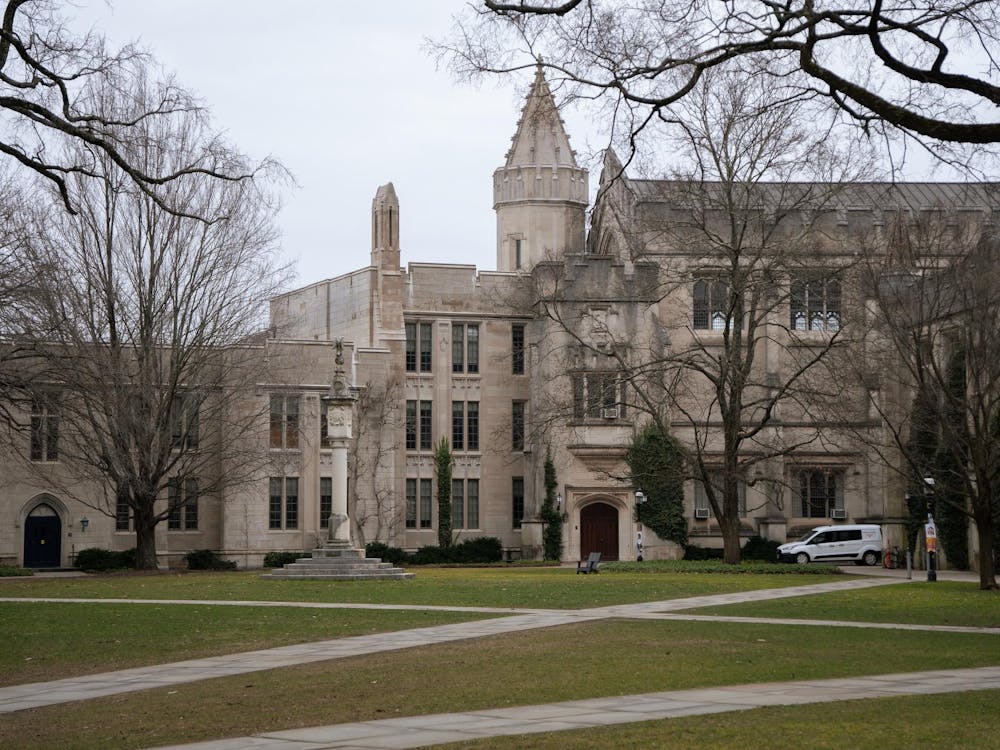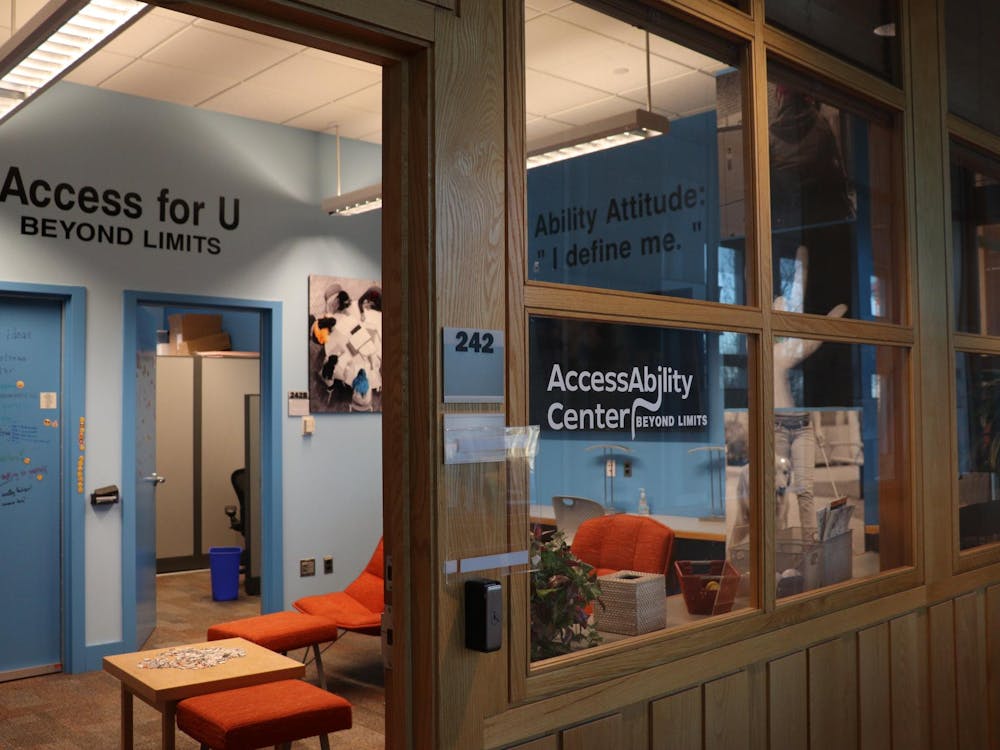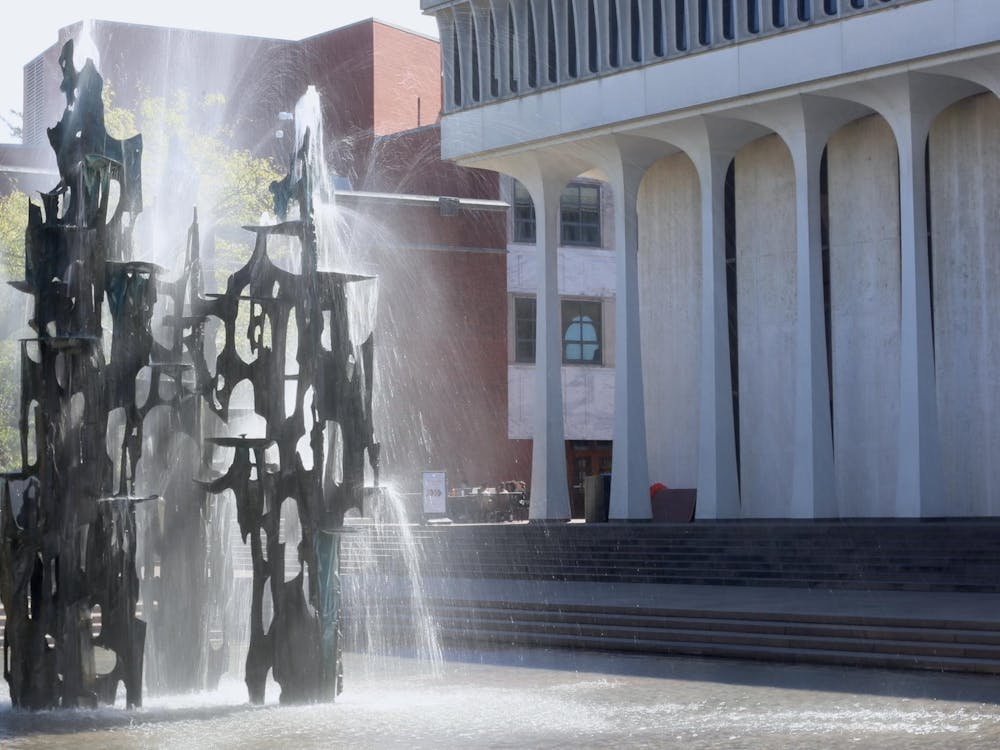The Asian American Students Association is creating the first intercollegiateundergraduate journal of Asian-American studies, “Unfound.”
The publicationis sponsored by the Program in American Studies andthe Fields Center.
According to the website, the journal’s title reflects its mission to explore what hasremained unfound for Asian-Americans, who are caught between two identities.AASA co-president Evan Kratzer ’16, one of the editors in chief, said that members ofAASA’s Asian American Studies Committee drew inspiration for “Unfound” from theeffectiveness of the Princeton Journal of East Asian Studies, which is supported by the East Asian Studies Program.
After realizing that an analogous journal for Asian-American studies did not exist in theUnited States, Kratzer said that AASA members sought to help build a community of peoplewho are interested in Asian-American studies.
“In the past, the Journal of East Asian Studies had gotten Asian-American studies-specific articles, and they thought it wasn’t relevant because it’s not East Asian Studies.That’s completely true,” he said. “It showed that there were undergraduates who wereresearching in this field who couldn't find a place to publish.”
AASA Asian American Studies Chair and other editor in chief of “Unfound”Andrew Hahm ’17 said that the journal will focus on issues within the United States but also concernthe Asian diaspora, which he defined as Asians who leave the continent of Asia.
The committee began working on the project in February or March, and beganpublicizing the journal in April after securing faculty support and funding.Kratzer said that the “Unfound” editors sought writers by sending flyers to Asian-Americanstudent groups and faculty members with interests in the field at colleges acrossthe nation.
While most of the publicity occurred online, AASA members also raisedawareness about the journal at Asian-American conferences.
Kratzer said that the 13 submissions for the first issue came from the University as well as New YorkUniversity, Swarthmore College and other colleges ranging from California to England.He characterized most of the schools of origin as having strong Asian-American studiesprograms.
Undergraduates sent in papers on literature, psychology, music pedagogy and racerelations among other subjects, according to Hahm. The submission period closed onSept. 8,and a team of editors will now review articles for publication. For advice on academicmatters, such as how to formulate abstracts or use footnotes, Kratzer said that theundergraduate editors will draw on the scholarly expertise of faculty advisor AnneCheng ’85, an English professor who has taught multiple courses on Asian-American studies.
Cheng noted that the journal fits into an atmosphere of energy surrounding Asian-American studies as a new field at the University.
“There’s a lot of creative and academic work being done that are related to the fieldof Asian-American studies,” she said. “I also think that for a very long time, there is perhapsa stereotype about Asian-American students as scientists, or as mathematicians orengineers, so I think that this venue, this journal, will be a wonderful way to showcasethe humanist aspect — or Asian-Americans in the humanities.”

Cheng added that she will draw on her experience working on the editorial and marketingsides of publishing to help make the journal as polished and professional as possible. “Unfound” will give students greater access to a field that lacks a dedicated program at theUniversity, Kratzer said.
“The intercollegiate aspect makes it so you can have this journal which really shows howrobust overall, across the nation, Asian-American studies is,” he explained. “At the sametime, you provide a new outlet where Princeton students can learn about Asian-American studies despite the fact that there aren’t that many classes on it.”
The Program in American Studies and the Fields Center will each contribute to 50 percent of the journal’s operating costs,according to Kratzer.
Hahm said that the editorial team hopes to release the inaugural 2014-15 issue in earlyDecember with both an online and paper version. Hard copies will go to the Universitylibrary, as well as to the schools of the articles’ authors, Kratzer said.
He added that, although the journal is currently focusing on academic research, it mayeventually expand to include creative writing and activist articles.








